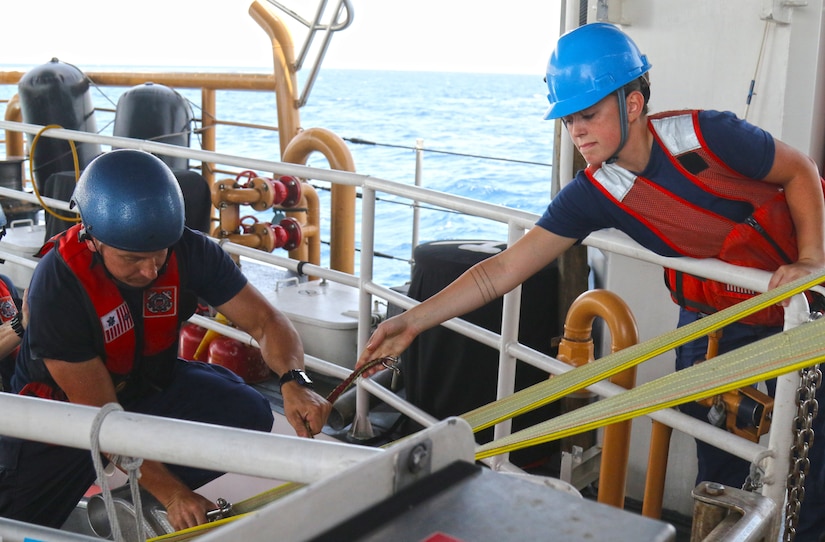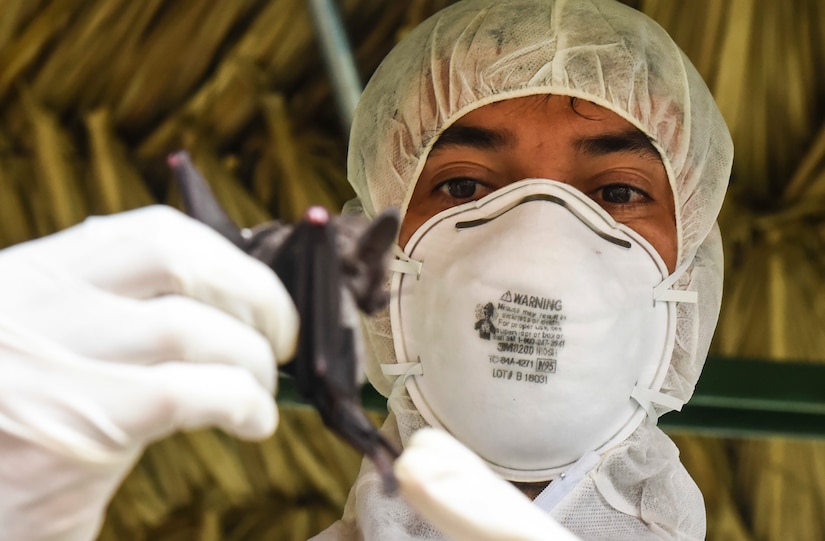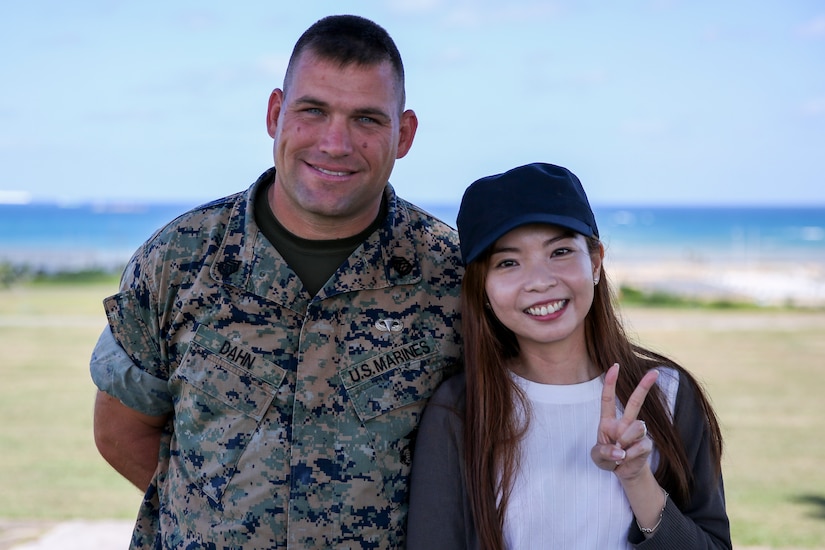By Army Staff Sgt. Shane Hamann, 102rd Public Affairs
Detachment
BASSETERRE, St. Kitts and Nevis -- U.S. service members and
more than 20 Caribbean partner nations’ governments, industrial and civic
organizations are taking part in Exercise Tradewinds 2018 here.
Tradewinds is a combined, joint exercise conducted in three
phases that helps build the capacity of Caribbean nations to respond to natural
disasters, land and maritime threats and illicit trafficking.
Coast Guard Petty Officer 3rd Class Anna V. Blank, who hails
from Enterprise, Alabama, along with the crew of the fast response cutter USCGC
Joseph Tezanos, based out of San Juan, Puerto Rico, are training partner
nations’ coast guard members on weapons tactics and gunnery, search and rescue,
personnel recovery, pursuit and boarding and vessel towing procedures.
Sharing Knowledge
“That’s what we’re doing here at St. Kitts and Tradewinds --
teaching other coast guards how we do what we do and sharing information and
tips,” Blank said.
The exercise also benefits the U.S. crew members by
educating and preparing new members by experiencing situations that they don’t
encounter every day.
“It’s definitely beneficial for the whole crew,” Blank said.
“Just getting experience doing different things, and we’re constantly getting
new crew members on board so they get experience.”
There are approximately 1,700 U.S. military, partner-nation
security and civilian personnel participating in the exercise. The event is
sponsored by U.S. Southern Command, with the goal of building and sustaining
enduring relationships throughout the Caribbean region.
Phase one of Tradewinds began June 4, and continues through
June 13. Phase two of the exercise will take place in the Bahamas and phase
three will be held in Miami.








